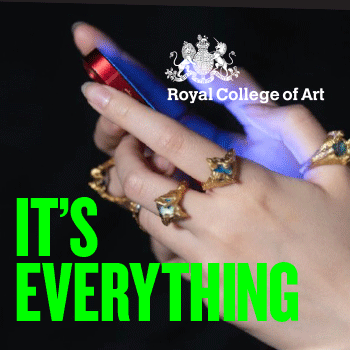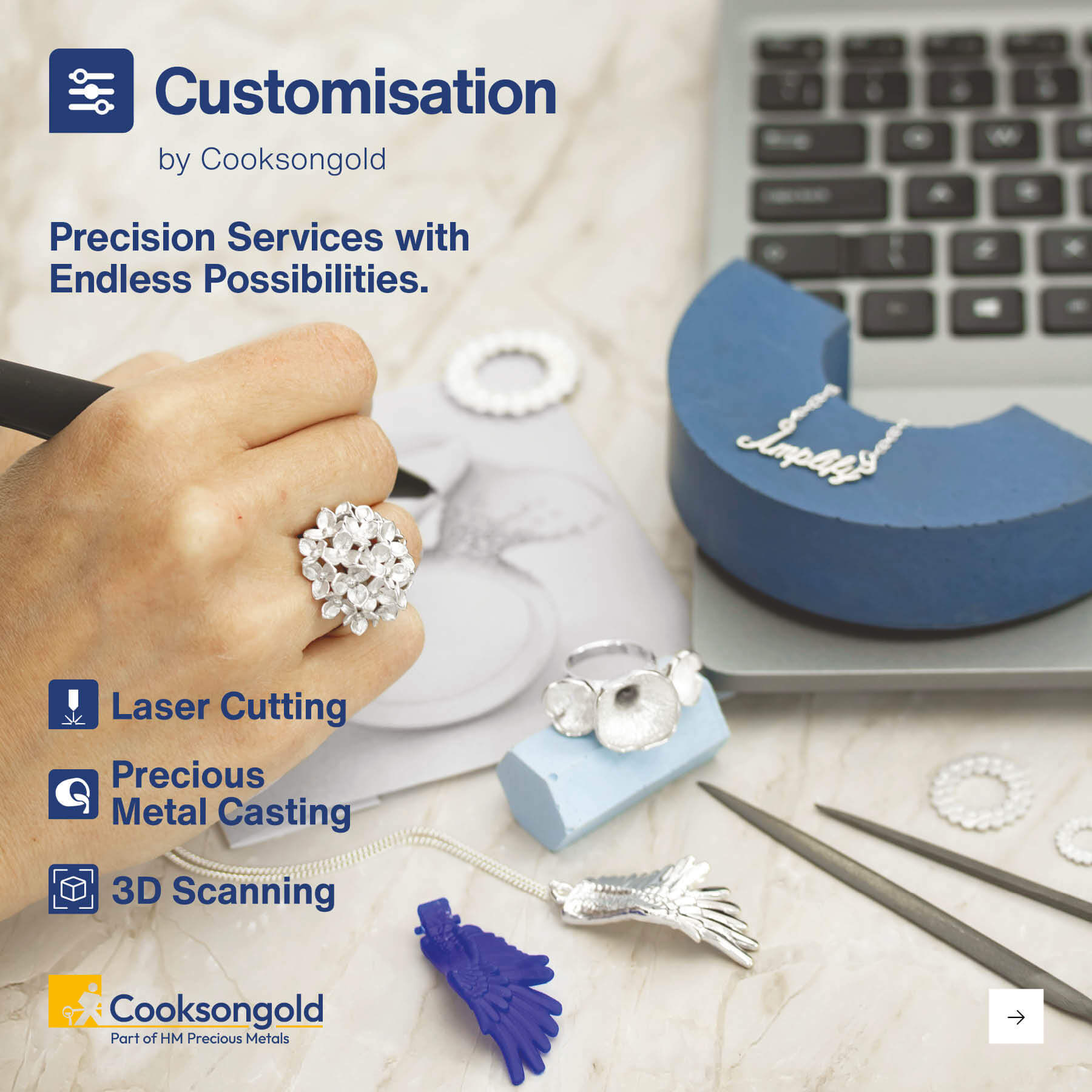Lobbying for £500
gift card spend
Gift card industry launches campaign to drive £2.3 billion high street recovery
Reading Time:
1 min {{readingTime}} mins
The gift card and voucher industry, led by the Gift Card & Voucher Association (GCVA), has urged the government to raise the tax free gift card limit to £500, which could bring the high street an estimated spending boost of more than £2 billion*.
The proposal would involve the government increasing the tax-free gifting allowance of £50 currently permitted through HMRC’s Trivial Benefits Allowance to £500, and encouraging employers across the nation to use the scheme to thank their staff for their hard work over the past few months of COVID-19 uncertainty.
This permanent increase initiative follows similar proposals intended to kickstart economic activity abroad, with a proposed scheme in Ireland allowing employers to make a single one-off, tax-free payment to employees of up to €500 per annum in non-cashable rewards - generally gift vouchers. Similarly, in Sweden temporary tax exemptions have been proposed for gifts up to a value of SEK 1,000 per employee, that employers can give to their staff from June until the end of the year.
The scheme is designed to leverage the increased demand for gift cards, which officially overtook physical gifts during lockdown due to their convenience, safety and ease of use, to drive demand and sales for businesses across the retail and hospitality industries. 14% of shoppers bought a gift card for somebody else during lockdown, outselling physical gifts at just 12%, and more than one in five consumers (21%) purchased gift cards to support their favourite businesses during this difficult period.
Schemes which involve gift cards and vouchers as the means to spend are preferable over other policies, such as VAT cuts or cash giveaways, because gift cards must be spent with businesses in certain sectors, as opposed to being put into savings.
In turn, this ensures increased household spend in targeted sectors over the coming months, with recent GCVA research revealing that 98.6% of gift cards are spent within a year of being received, with over half spent within days. Also, shoppers on average ‘top-up’ gift card purchases by 66.4% with additional funds from their own pocket, increasing the scheme’s impact for businesses.
Gail Cohen, director general of the GCVA, commented:
“While the Summer Statement brought with it some welcome announcements, more must be done to support high street retail, leisure and hospitality businesses; many of which have been hardest-hit by the turbulence of the past few months.
“Gift cards are a proven way to significantly increase shopper demand and spend which, subsequently, improves high street businesses bottom line. Through this, gift cards can offer a much-needed solution that would boost retailers’ fortunes now – we just need to incentivise businesses to make greater use of them, and we may have a simple, quick-win solution.
“If the tax-free limit for employee gifting was to be raised permanently, and even just a tenth of employers took advantage of the new legislation to thank their loyal staff, this could be worth billions to struggling UK businesses just when they need it the most.”
For more information, visit www.gcva.co.uk
Image caption or copyright
Lorem ipsum dolor sit amet, consectetur adipiscing elit. Sed sollicitudin risus nec quam pretium, non convallis elit faucibus. Donec vulputate, tortor id rutrum efficitur, leo dolor semper ipsum, nec fermentum ligula lectus eget nulla.
Aliquam erat volutpat. Etiam fermentum ipsum in tempus dictum. Nulla facilisi. Lorem ipsum dolor sit amet, consectetur adipiscing elit. Mauris purus risus, bibendum at felis viverra, euismod elementum nisi. Nulla consequat ligula et condimentum pharetra. Quisque erat ligula, ornare sed metus eget, malesuada lobortis sem.
Vestibulum fringilla varius urna sit amet hendrerit. Vivamus sed ullamcorper lacus, vel aliquet orci. Proin dignissim, leo nec eleifend aliquet, dui ex feugiat nunc, a suscipit arcu orci nec tellus. Nulla ac dui odio. Nulla felis arcu, auctor a sodales vitae, volutpat sed nulla. Nunc sed diam sollicitudin, porta lorem id, egestas lacus.
Author:
Published:











